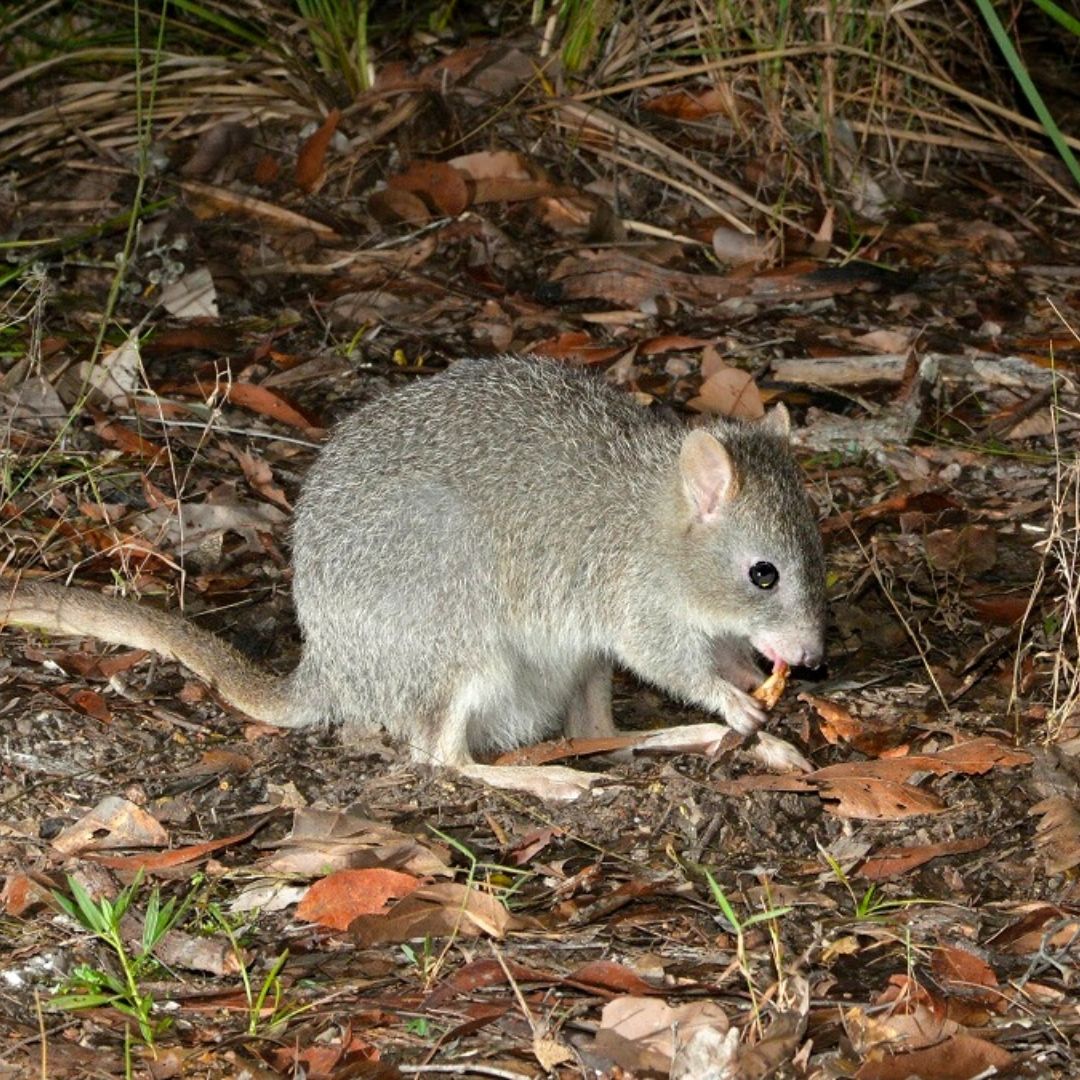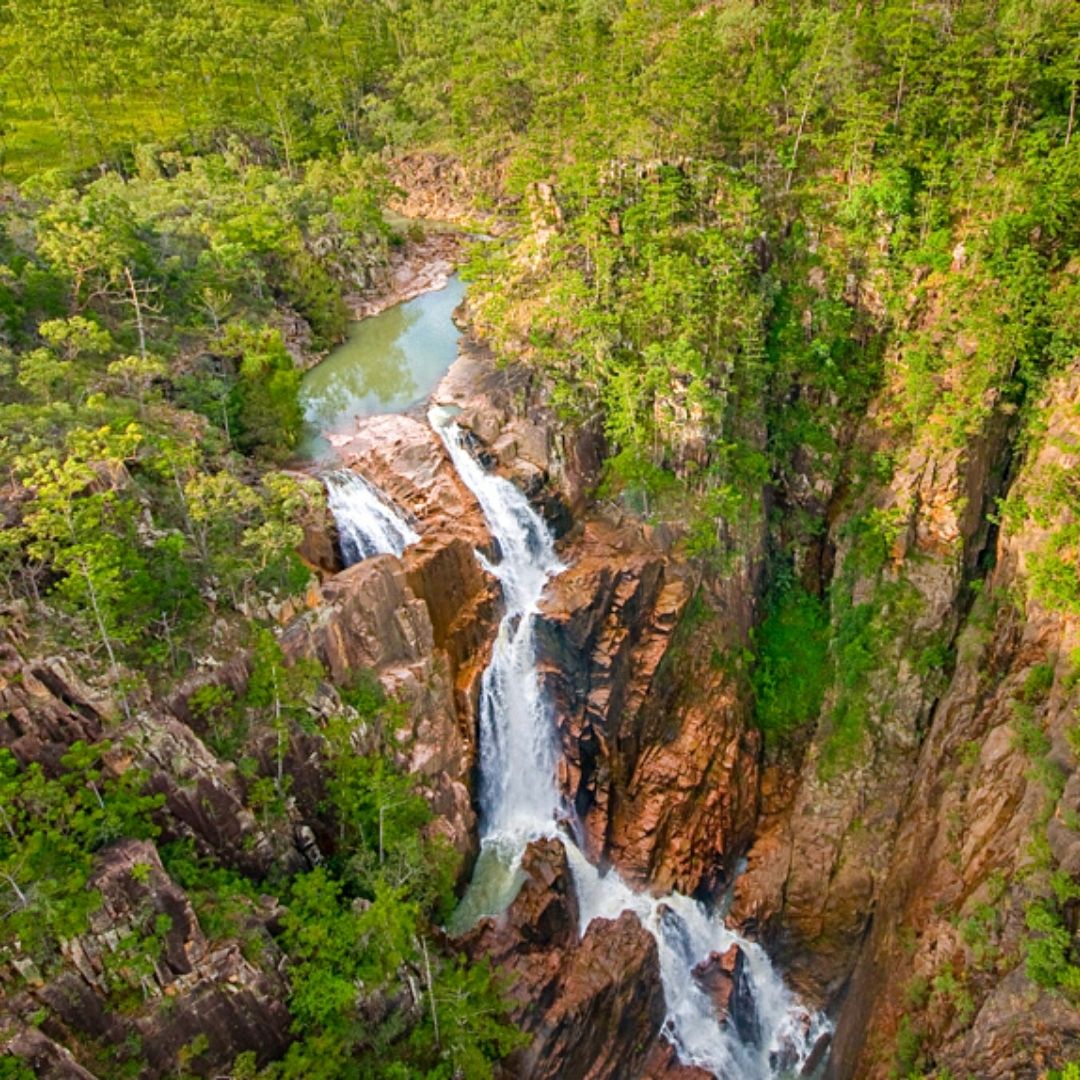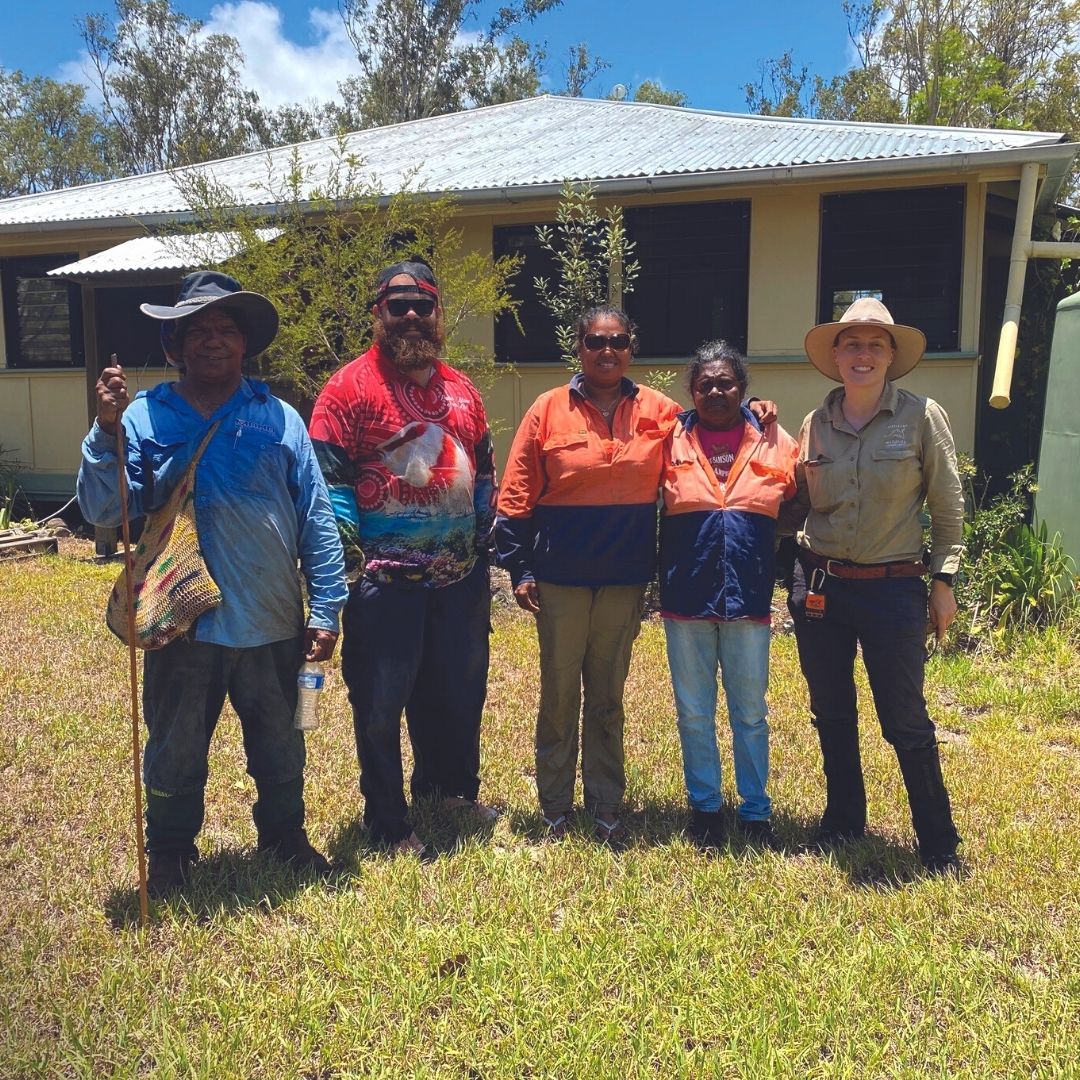Have you heard of the Northern Bettong? Although the tiny, endangered marsupial was once widely distributed around Australia, the Northern Bettong is now endemic to far-north Queensland. It was also named as one of 20 Australian species most at risk of extinction.
But, thanks to the critical work of the Australian Wildlife Conservancy (AWC), the Northern Bettong isn’t likely to go extinct any time soon! Let’s take a look at what the AWC is doing to safeguard the future of this precious Australian species.


Australia’s First Predator-Free Haven
To ensure the survival of the Northern Bettong, the AWC recently secured a $1.5 million grant via the Federal Government’s Environment Restoration Fund’s Safe Haven Grant. Critically, the grant money will go towards the construction of Australia’s first predator-free haven!
The 950-hectare space — which will be surrounded by a 13km predator-proof fence — will be situated in the ideal habitat for the Northern Bettong. The Northern Bettong is restricted to a narrow band of moist eucalypt forests on the margins of rainforest in the Wet Tropics of Far North Queensland.
That’s why the sanctuary will be built at the Mount Zero-Taravale Wildlife Sanctuary in northeast Queensland. The phenomenal AWC-owned property is a hotspot for Australia’s wildlife as it protects an exceptional range of species and habitats!


Why Are Northern Bettongs Endangered?
Northern Bettong populations have declined quite rapidly. Only a decade ago, there were four main populations, and now, there’s only two. The two populations, located on the Lamb Range and Mt. Spurgeon, may only comprise 1,150 individuals.
So, what’s caused the decline? For many Aussie species, wildfires are a key threat — but not for Northern Bettongs. In fact, it’s the lack of fire that’s so problematic. With the decline of Aboriginal burning techniques (Cultural Burning) to keep the habitat open and grassy, the rainforest tends to grow dense and crowded — which is bad news for the Northern Bettong.
Another major reason is habitation loss or degradation, mainly caused by agricultural and industrial expansions. Feral cats and stray cattle, horses and pigs also pose a massive risk to the Northern Bettong.


AWC’s Mount Zero-Taravale Wildlife Sanctuary
Northern Bettongs once lived at Mount Zero-Taravale, but unfortunately, they were declared locally extinct in 2003. That’s why establishing a secure, third population is so important for the survival of the Northern Bettong!
The Mount Zero-Taravale Wildlife Sanctuary covers 59,138 hectares, and is home to 85 mammals, 243 birds, 102 reptiles, 24 amphibians, and 794 plants! This includes native Australian species like the Glossy Black Cockatoo, Sharman’s Rock Wallaby, Masked Owl, Red Goshawk and the Green Ringtail Possum. The sanctuary is home to 19 threatened species.
AWC’s work — which includes fire management, feral herbivore control, feral fox and cat control, weed control, and ecological research — is absolutely integral to safeguard the future of the Northern Bettong.


Recovering Northern Bettong Populations!
Once the fence construction is completed and the area has been declared predator-free over a 3-month period, the Northern Bettongs will be reintroduced to Mount Zero-Taravale!
Tim Allard, CEO of AWC, says that the grant will help to establish a safe haven for the Northern Bettong. “This grant is great news, as it enables us to move forward with the construction of a feral predator-free fence that will help protect the future of Queensland’s endemic Bettongs, and increase its global population by up to 50 per cent,” he said.
The AWC is working closely with Traditional Owners, the Northern Bettong Recovery Team and other key project partners to oversee the translocation of the Northern Bettongs and the subsequent monitoring of the new population.
Although the Northern Bettong isn’t as recognisable as the iconic Koala or Quokka, it doesn’t mean that the native species should disappear without our help! The work that the AWC is doing to protect and repopulate this adorable marsupial is critical, and we hope to see a major boost in Northern Bettong populations in the future.
Interested in wildlife conservation? Head to the Eco News category for the latest news, and check out the blogs below.
New Hope For Critically Endangered Parrot Species
NSW’s New Outback Nature Reserve Will Protect Native Wildlife



